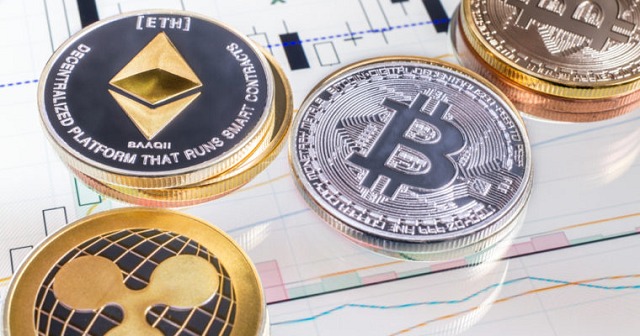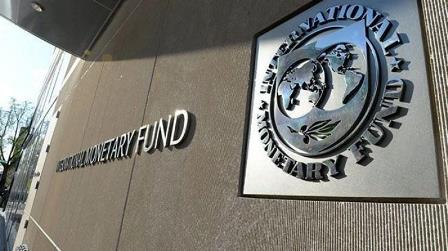The International Monetary Fund (IMF) in its World Economic Outlook (WEO) released yesterday, has projected that the Nigerian economy will grow at 2.5 percent this year and next year, same as it had predicted in its October 2019 WEO.
The multilateral institution, in its latest WEO titled: ‘Tentative Stabilisation, Sluggish Recovery,’ however, predicted that in sub-Saharan Africa, growth would strengthen to 3.5 percent in 2020 and 2021 (from 3.3 percent in 2019).
“The projection is 0.1 percentage point lower than in the October WEO for 2020 and 0.2 percentage point weaker for 2021.
“This reflects downward revisions for South Africa (where structural constraints and deteriorating public finances are holding back business confidence and private investment) and for Ethiopia (where public sector consolidation, needed to contain debt vulnerabilities, is expected to weigh on growth),” it stated.
The report anticipated that in emerging market and developing economy group, growth was expected to increase to 4.4 per cent in 2020 and 4.6 per cent in 2021 (0.2 percentage point lower for both years than in the October WEO) from an estimated 3.7 percent in 2019.
It stated that the growth profile for the group reflected a combination of projected recovery from deep downturns for stressed and underperforming emerging market economies and an ongoing structural slowdown in China.
“Global growth is projected to rise from an estimated 2.9 percent in 2019 to 3.3 percent in 2020 and 3.4 percent for 2021—a downward revision of 0.1 percentage point for 2019 and 2020 and 0.2 for 2021 compared to those in the October WEO.
“The downward revision primarily reflects negative surprises to economic activity in a few emerging market economies, notably India, which led to a reassessment of growth prospects over the next two years. In a few cases, this reassessment also reflects the impact of increased social unrest.
“On the positive side, market sentiment has been boosted by tentative signs that manufacturing activity and global trade are bottoming out, a broad-based shift toward accommodative monetary policy, intermittent favorable news on US-China trade negotiations, and diminished fears of a no-deal Brexit, leading to some retreat from the risk-off environment that had set in at the time of the October WEO. However, few signs of turning points are yet visible in global macroeconomic data.
“While the baseline growth projection is weaker, developments since the fall of 2019 point to a set of risks to global activity that is less tilted to the downside compared to the October 2019 WEO. These early signs of stabilisation could persist and eventually reinforce the link between still-resilient consumer spending and improved business spending.
“Additional support could come from fading idiosyncratic drags in key emerging markets coupled with the effects of monetary easing. Downside risks, however, remain prominent, including rising geopolitical tensions, notably between the United States and Iran, intensifying social unrest, further worsening of relations between the United States and its trading partners, and deepening economic frictions between other countries,” the report added.
Source: THISDAY













